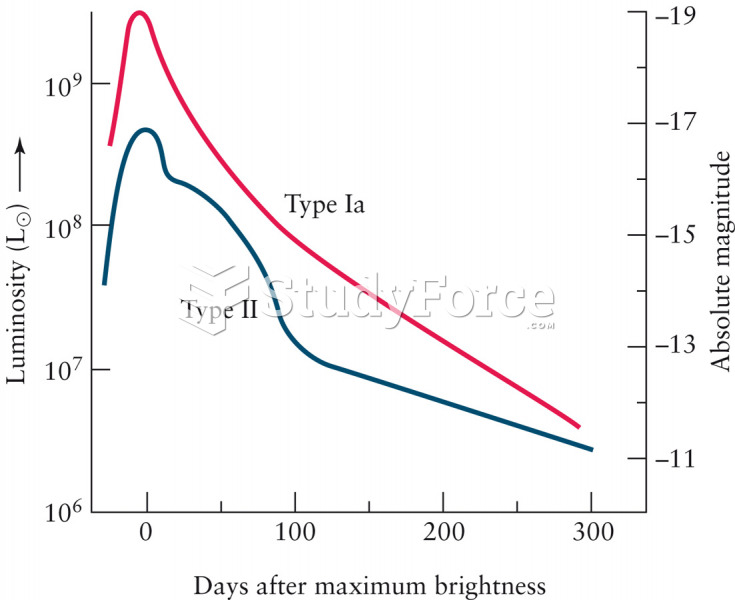|
|
|
During the twentieth century, a variant of the metric system was used in Russia and France in which the base unit of mass was the tonne. Instead of kilograms, this system used millitonnes (mt).
Patients who cannot swallow may receive nutrition via a parenteral route—usually, a catheter is inserted through the chest into a large vein going into the heart.
The average person is easily confused by the terms pharmaceutics and pharmacology, thinking they are one and the same. Whereas pharmaceutics is the science of preparing and dispensing drugs (otherwise known as the science of pharmacy), pharmacology is the study of medications.
Disorders that may affect pharmacodynamics include genetic mutations, malnutrition, thyrotoxicosis, myasthenia gravis, Parkinson's disease, and certain forms of insulin-resistant diabetes mellitus.
Medication errors are three times higher among children and infants than with adults.
 A Toyota/Lexus hybrid electric vehicle has a ready light. If the ready light is on, the engine can ...
A Toyota/Lexus hybrid electric vehicle has a ready light. If the ready light is on, the engine can ...
 The basic structure of an antibody molecule. Two heavy chains are joined by two light chains. The ...
The basic structure of an antibody molecule. Two heavy chains are joined by two light chains. The ...





